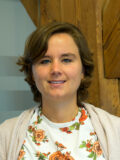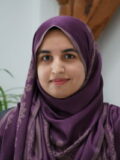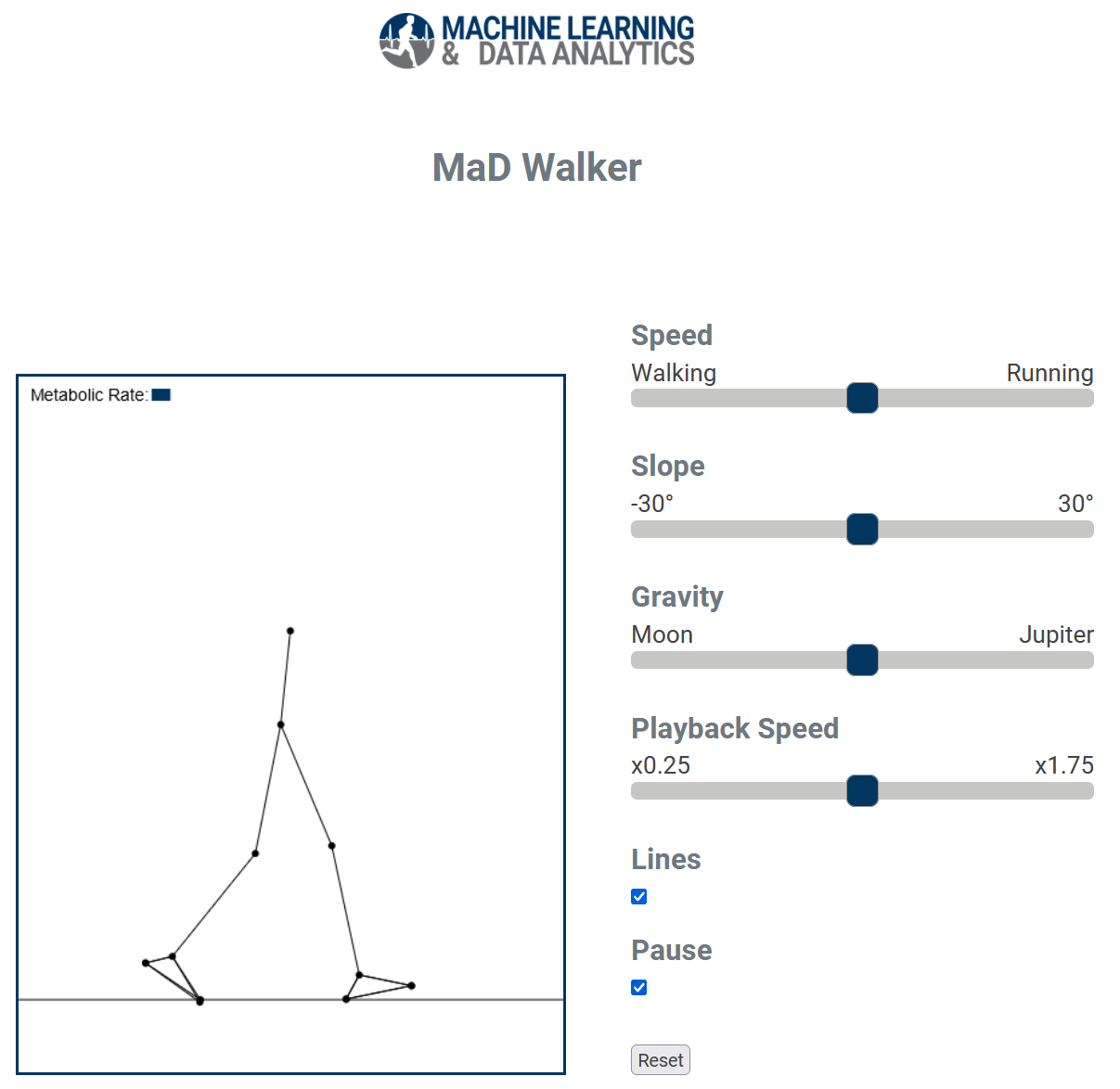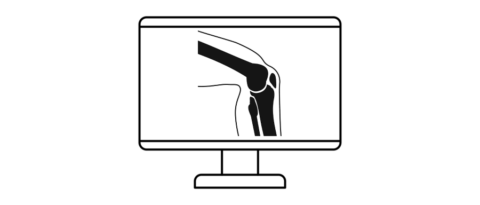Biomechanical Motion Analysis and Creation
The Biomechanical motion analysis and creation (BioMAC) group aims to develop methods for accurate predictions and reconstructions of human motion, with a focus on gait. With our research, we aim to better understand human motion, and use this understanding to improve design of devices, such as prostheses, exoskeletons, and running shoes, as well as prevent injuries, such as knee osteoarthritis or ligament tears. To achieve our goals, we combine physics-models with machine learning methods to create accurate movement simulations. We use these to make predictions of new movements, e.g., when wearing a prosthesis or a specific running shoe, and to make reconstructions. Then, our aim is to create movement analyses from wearable sensor data that are as accurate as lab-based movement analysis methods. To create movement simulations, we replicate the optimization that the central nervous system performs when planning and executing movements digitally by solving optimal control problems. In an optimal control problem, we model the human body using a musculoskeletal model with multibody and muscle dynamics. We use an objective related to energy minimization and define the movement task using constraints.
Group Head
Group Members
Presentations and Videos
Presentations & Videos
Demo
This demo shows how the developed methods can be used to reconstruct measured movement but also to predict movements in response to environmental changes:
Projects
In collaboration with the Machine Learning and Data Analytics (MAD) Lab:
Machine Learning for Neuromusculoskeletal Modelling (C03)Past Projects















